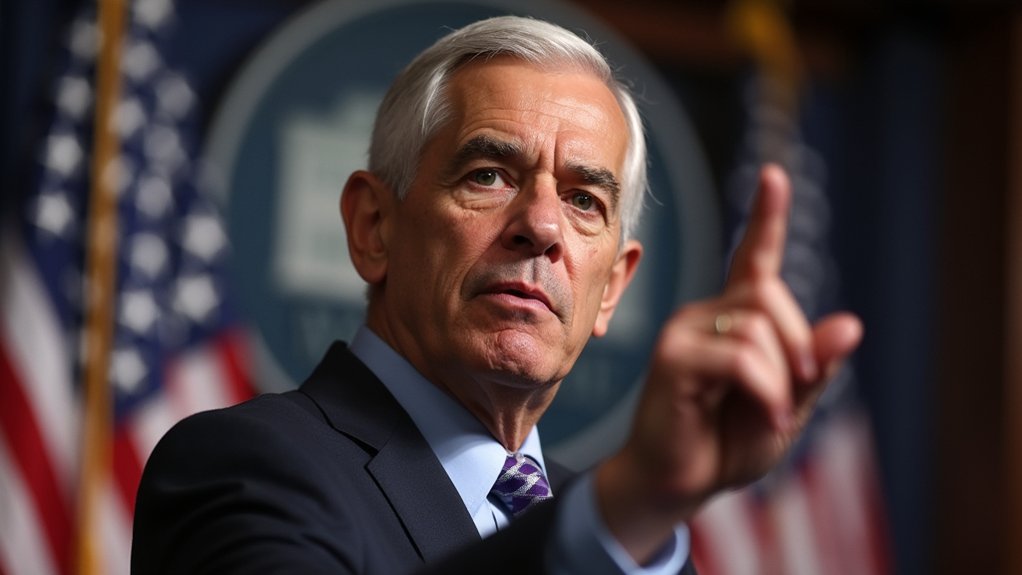While Kenya’s cryptocurrency market continues its meteoric rise across East Africa, one exchange has managed to achieve what most financial institutions can only dream of: genuine market dominance without the courtesy of government mandate. Binance‘s stranglehold on global crypto trading—commanding a rather impressive 36.5% of the centralized exchange market—has naturally extended its tentacles into Kenya’s burgeoning digital asset ecosystem, raising eyebrows among industry observers who recall what monopolistic control typically does to innovation.
Market dominance achieved through superior service rather than regulatory favoritism still carries the familiar stench of monopolistic control.
The numbers paint a picture that would make any MBA salivate: $8.39 trillion in trading volume for Q1 2025, controlling 45% of global spot trading and 30.3% of derivatives markets. For Kenyan traders traversing this landscape, Binance offers over 350 cryptocurrencies with appealingly low 0.10% trading fees, extensive P2P services, and customer support in 40 languages—because apparently dominating markets requires multilingual excellence.
Binance’s strategic positioning in Kenya extends beyond mere trading facilitation. As the key sponsor of June 2025’s Kenya Blockchain and Crypto Conference, the exchange demonstrates its commitment to shaping local regulatory discourse while nurturing over 1,000 industry stakeholders. This involvement in ecosystem development raises intriguing questions: is this genuine market stewardship or sophisticated market capture?
The regulatory environment presents fascinating contradictions. While Binance collaborates with nations on cryptocurrency frameworks, it simultaneously faces an $81.5 billion lawsuit in Nigeria for operating without proper licensing—a reminder that dominance without regulatory blessing carries substantial risks. Kenya’s increasingly sophisticated regulatory approach suggests similar scrutiny may emerge, potentially challenging Binance’s unchecked influence. The government’s proposed Digital Asset Tax reduction from 3% to 1.5% signals a commitment to fostering innovation while maintaining oversight.
Market concentration of this magnitude inevitably stifles competition and innovation. When a single platform controls such vast market share, smaller exchanges struggle to gain traction, limiting consumer choice and potentially inflating fees over time. Kenya’s projected cryptocurrency user base of 733,300 by 2025 represents a significant market that deserves competitive alternatives to ensure innovation continues flourishing. The rise of decentralized finance offers an alternative vision where peer-to-peer transactions could occur without centralized exchanges controlling market access.
Kenya’s crypto enthusiasts might currently benefit from Binance’s extensive services and competitive pricing, but history suggests that monopolistic advantages rarely remain consumer-friendly indefinitely.
The question facing Kenya’s crypto community isn’t whether Binance provides excellent services—it demonstrably does—but whether allowing such concentrated market power serves long-term interests of innovation, competition, and genuine financial democratization that cryptocurrency originally promised.









